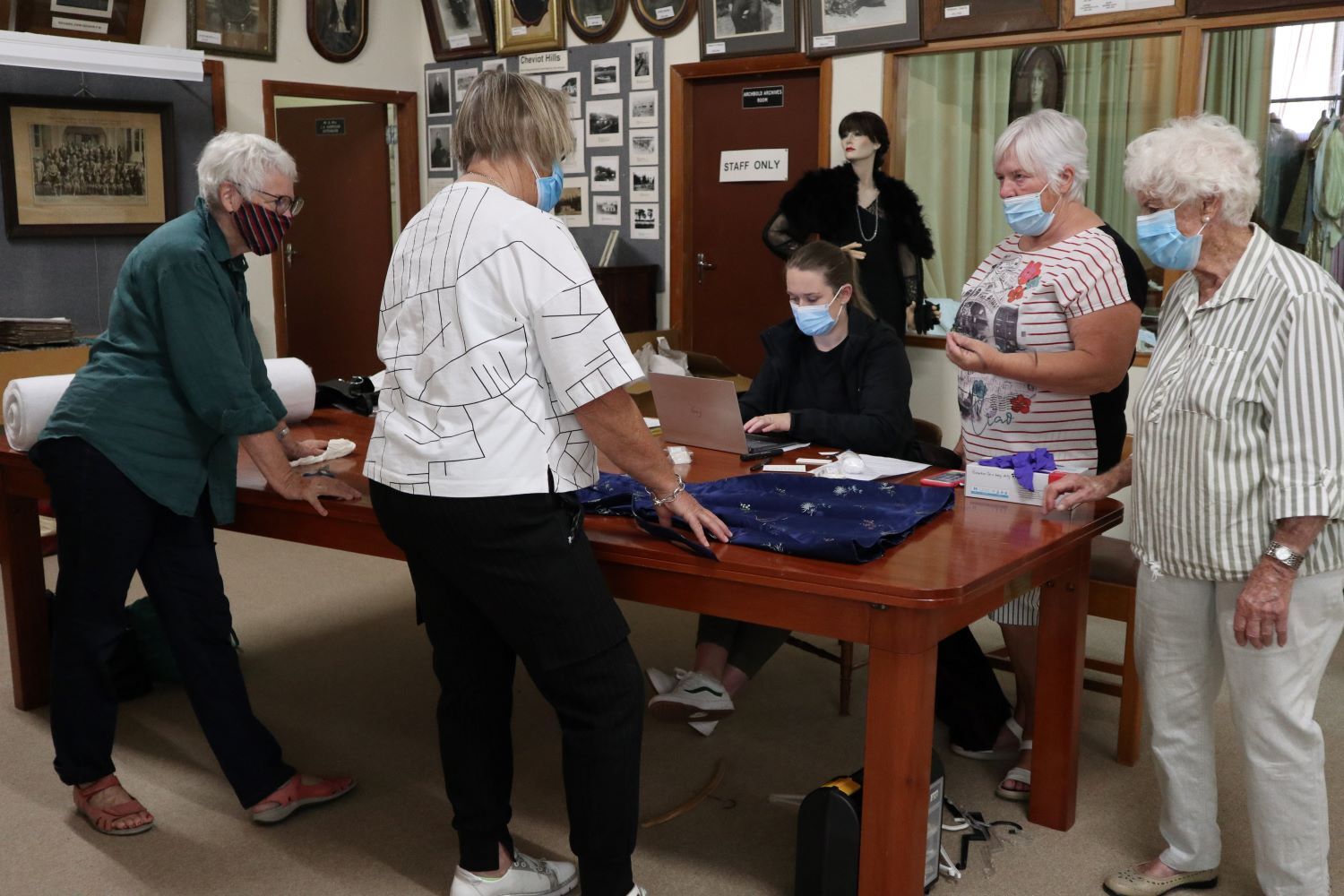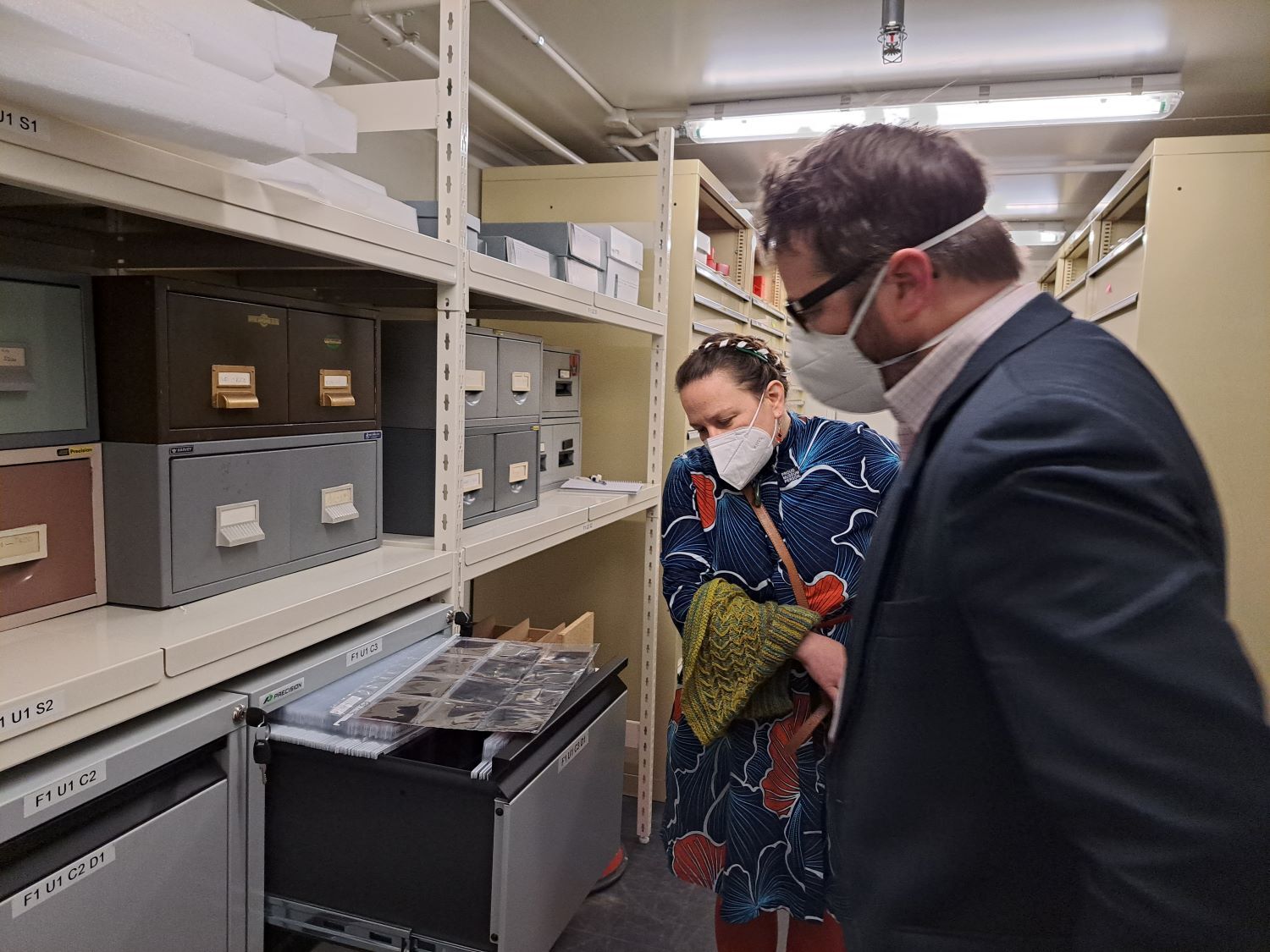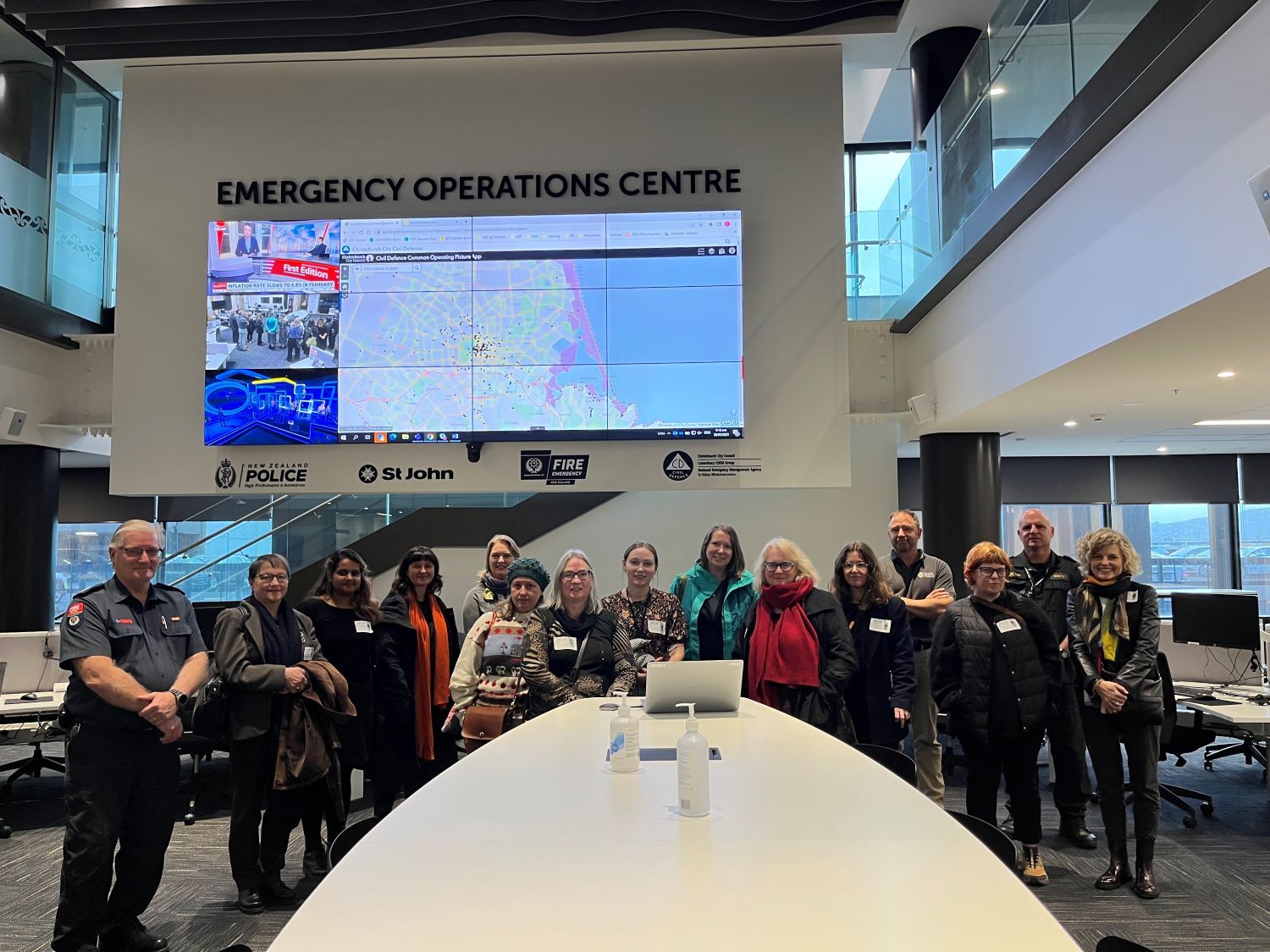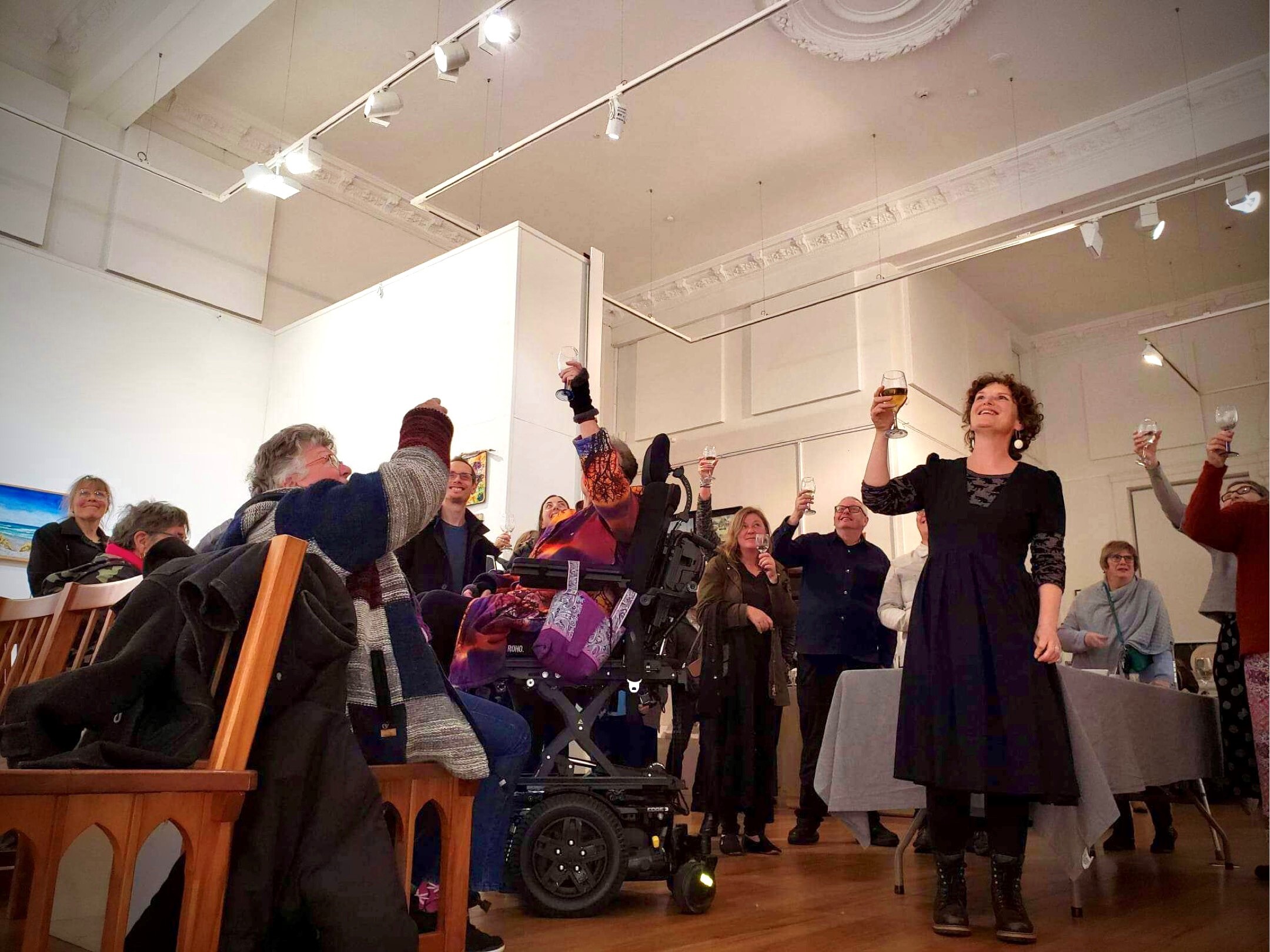By Neeha Velagapudi, Museum Outreach Coordinator
On 16 August 2023, Canterbury Museum concluded a 2-year project aimed at raising capability and resilience in the heritage community across Waitaha Canterbury. The project began in August 2021, following a successful application for funding to the Manatū Taonga Ministry for Culture and Heritage Capability Fund.
Having worked at the Museum for several years, I was thrilled to be employed as the Outreach Coordinator for the project, continuing to develop the important relationships the Museum has built with our network of smaller regional heritage organisations, and to provide targeted support to those who chose to participate.

There are about 80 organisations in the regional museum network and most work with minimal resources relying heavily on volunteers. They care for collections that have significance not only to their communities but more widely, with a host of wonderful stories to share with the world.
The Capability Fund Project allowed the Museum to strengthen the network in a number of different ways. As Outreach Coordinator I organised workshops and networking sessions, spent time assessing and discussing solutions to organisational concerns, ran targeted on-site training sessions, surveyed collection care needs for each of the participants and purchased materials for them with funding allocated from the Capability Fund.

Canterbury Museum is the largest museum in this region and has a staff of experienced and knowledgeable professionals, who are always eager to support our network as much as they can. Last year we were able to invite Natalie Liverant, Registrar at the Ashburton Art Gallery and Heritage Centre, to spend the day at the Museum with some of our Registration and Curatorial staff. The day was organised so that storerooms could be toured and different subjects addressed. Some of the subject matter included curatorial care of taonga Māori, integrated pest management, collections storeroom maintenance and environmental management.
We ran targeted training sessions for participating organisations, mainly on collections care and management. The sessions were varied and informed by a collections care survey conducted in conjunction with organisation representatives. The topics for this training included, for example, appropriate storage of textiles using the limited resources the organisation might have, or how to physically label collection items safely. The funds allocated to each organisation allowed for the purchase of materials to tie in with this training and with the group workshops delivered during the project.

One of the workshops focused on disaster risk management in the heritage sector in Canterbury. The workshop included a tour of the Emergency Operations Centre in Christchurch, generously offered by Civil Defence, and a full day of presentations from professionals working in this area or who had experiences to share. The presenters came from Civil Defence, Fire and Emergency New Zealand, Canterbury Museum, Canterbury Disaster Salvage Team, Lyttelton Museum, Air Force Museum of New Zealand, Christchurch City Council and Heritage New Zealand.

With the decant of the Museum's Rolleston Avenue building earlier this year, one of the last initiatives of the project was to offer surplus material and equipment to local organisations. We were able to help out more than 30 heritage organisations in Canterbury and the West Coast including the Left Bank Gallery (West Coast Society of Arts).
We have been very grateful for the support we have received in achieving this project over the last 2 years from organisations such as Manatū Taonga Ministry for Culture and Heritage, National Services Te Paerangi, Air Force Museum of New Zealand, Tūhura Otago Museum and many others. The heritage community in Canterbury is made up of passionate and proactive people, who have made a sincere effort to engage in the project.
While there is always more work to be done, we have been able to provide a boost to Canterbury’s smaller heritage organisations and build on the vibrant network that exists in the region, thanks to the support of the Manatū Taonga Ministry for Culture and Heritage Capability Fund.






